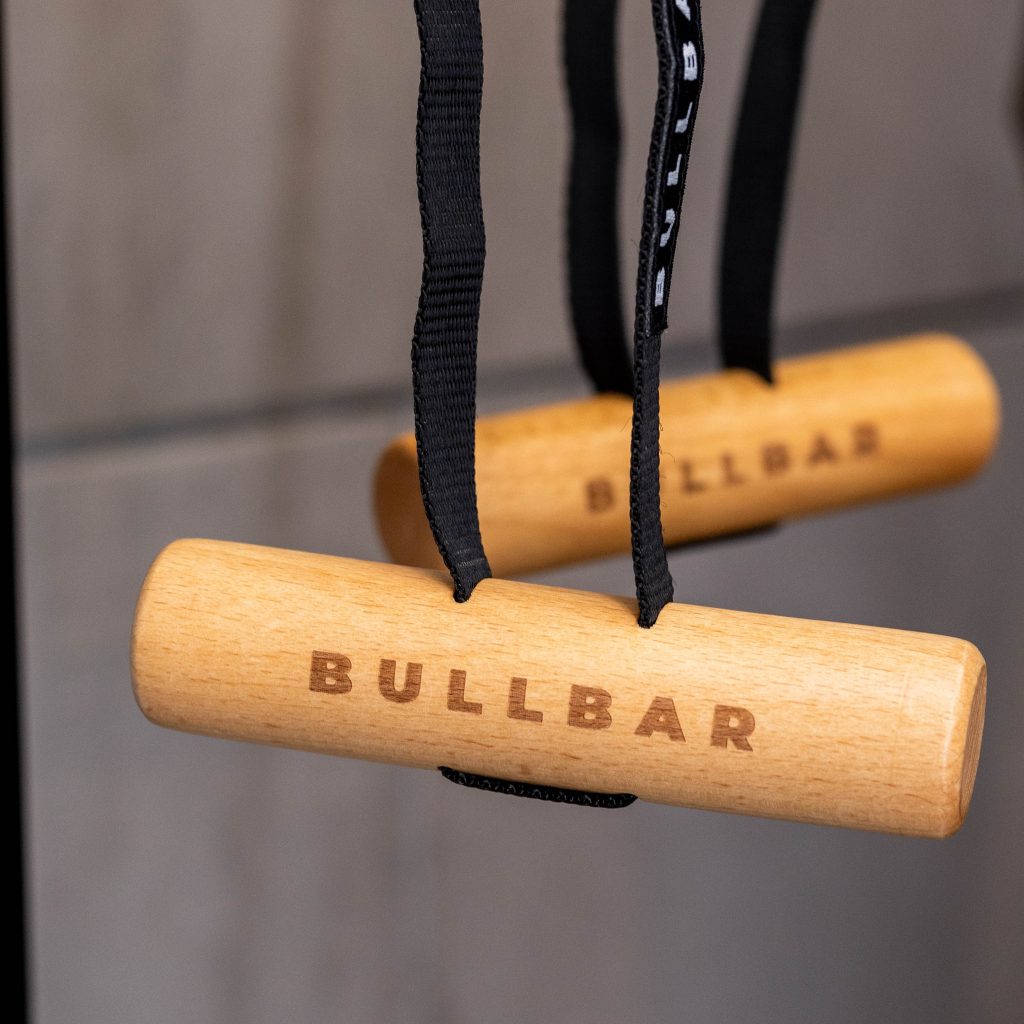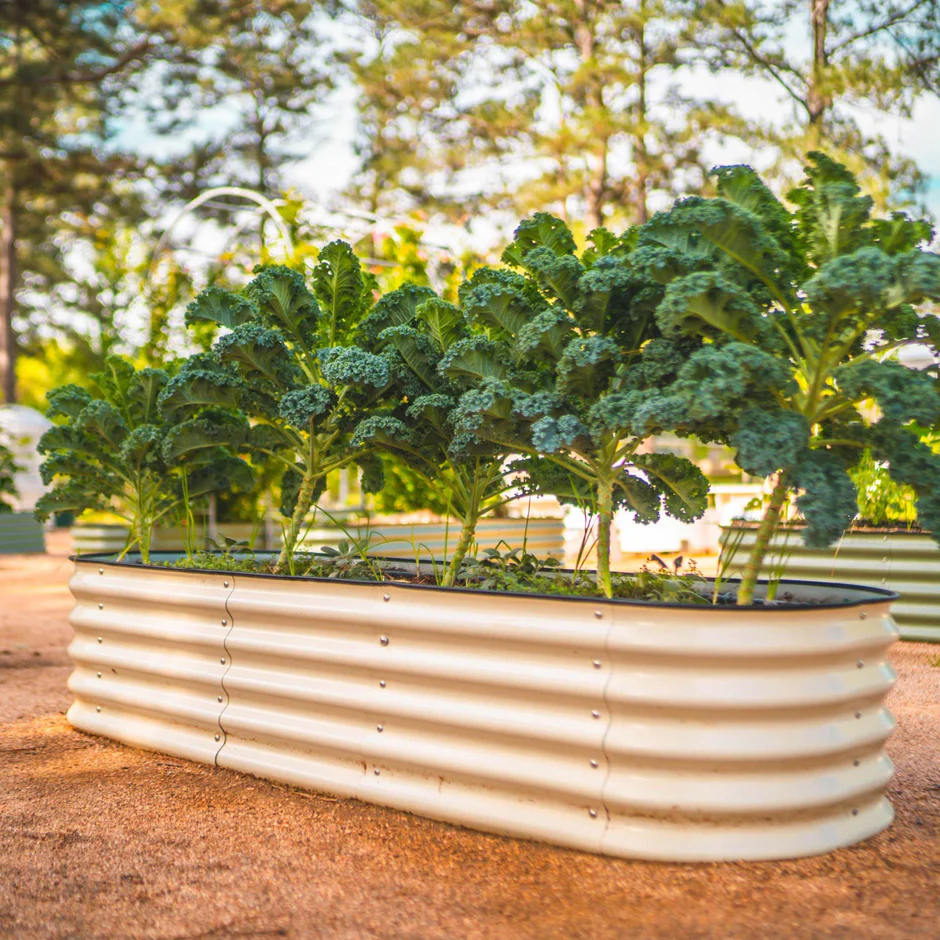
The quest for a V-taper back is a cornerstone of an aesthetic, powerful physique. It’s that iconic silhouette that commands respect—broad shoulders tapering down to a narrow waist. For years, the common belief was that this coveted look could only be forged in the iron temples we call gyms, surrounded by clanking weights and complex cable machines. But what if we told you that the ultimate tool to build back muscle at home and sculpt that impressive V-shape was simpler, more convenient, and waiting to be installed in your own doorway with the BULLBAR?
The reality is, you don’t need a gym membership to build the back of your dreams. You need the right knowledge and the right equipment. This is where the game changes. Forget flimsy, generic doorway bars that wobble and damage your doorframe. The secret lies in a revolutionary piece of equipment designed for stability, versatility, and serious results.
This guide is your complete blueprint for how to get a v-taper back using only one transformative tool: the BULLBAR 2.0 Portable Pull-Up Bar. We will break down the five most effective exercises you can perform to target every muscle fiber responsible for creating back width and thickness. Get ready to transform your physique and your perception of what an at-home back workout can truly accomplish.
Why the BULLBAR is Your Secret Weapon for Back Width
Before we dive into the exercises, let’s understand the anatomy of the V-taper. This shape is primarily created by developing the latissimus dorsi (the “lats”), the large, fan-shaped muscles that run down the sides of your back. To make your lats grow wider, you need to focus on vertical pulling movements. This is precisely what a pull-up bar is designed for.
However, not all pull-up bars are created equal. The BULLBAR stands in a class of its own and is the key to unlocking your back’s true potential. Here’s why it’s the superior choice for your home workout for back:
- Unmatched Stability: The BULLBAR uses an innovative leverage-based design that distributes your weight across the doorframe, making it incredibly secure. This stability allows you to focus on your form and push yourself to failure without worrying about the bar slipping or shifting.
- Ergonomic Grip Versatility: Building a complete back requires targeting the muscles from different angles. The BULLBAR offers multiple padded grip positions—wide, neutral, and close—so you can perform a variety of portable pull-up bar exercises to stimulate maximum muscle growth.
- Doorframe Protection: Its smart design ensures that it doesn’t damage your home, a common issue with cheaper alternatives. You can train hard with peace of mind.
- More Than Just Pull-ups: The BULLBAR is a multi-functional fitness tool. You can easily move it to the floor for exercises like push-ups, sit-ups, and the crucial inverted rows we’ll cover later.
In short, the BULLBAR isn’t just an accessory; it’s the foundation of an effective home gym, specifically designed to help you build lats at home and achieve that head-turning V-taper.
The V-Taper Blueprint: 5 Essential BULLBAR Exercises
Now, let’s get to the work. Consistency and perfect form are your keys to success. For each of the following exercises, focus on the mind-muscle connection—feel the muscles in your back contract and stretch. This is how you’ll achieve real growth.
1. Wide-Grip Pull-Ups: The King of Back Width with the BULLBAR
If there’s one exercise synonymous with back width, it’s the wide-grip pull-up. This is one of the best exercises for back width for a reason: the wide hand placement puts maximum tension on the upper fibers of the latissimus dorsi, the exact area that creates the “wings” of your V-taper.
Benefit for V-Taper: This movement directly stretches and contracts the outer lats, forcing them to grow wider to adapt to the stress. Performing these on the stable, wide grips of the BULLBAR allows for a full range of motion, which is crucial for optimal muscle stimulation.
How to Perform Correctly:
- Grip: Grasp the outermost angled handles of your BULLBAR with an overhand grip (palms facing away from you). Your hands should be significantly wider than your shoulders.
- Starting Position: Hang from the bar with your arms fully extended and your shoulders relaxed. This is the “dead hang” position. Engage your core to prevent your body from swinging.
- Initiate the Pull: Before you bend your arms, initiate the movement by pulling your shoulder blades down and back. Think about trying to tuck your scapulae into your back pockets. This crucial step ensures your lats are doing the work, not just your arms.
- Concentric Phase: Pull yourself up until your chin clears the bar. Keep your chest up and try to “pull the bar to your chest.” Avoid rounding your shoulders forward.
- Peak Contraction: At the top of the movement, squeeze your back muscles hard for a second.
- Eccentric Phase: Lower yourself back down slowly and under control, taking at least 2-3 seconds to return to the full dead hang position. The eccentric (lowering) phase is just as important for muscle growth as the pull itself.
Pro-Tip: If you can’t perform a full pull-up yet, don’t worry! Use a resistance band looped around the BULLBAR and under your feet or knees for assistance. As you get stronger, use a lighter band until you can do them unassisted.
2. Close-Grip Chin-Ups: Building Thickness with Your BULLBAR
While wide grips build width, close-grip chin-ups are essential for adding density and thickness to your back. This variation shifts the emphasis to the lower lats and recruits the biceps more heavily, contributing to a powerful, muscular appearance from all angles.
Benefit for V-Taper: Chin-ups help develop the “sweep” of the lower lats as they connect towards the spine, adding depth to your V-taper. This exercise also builds impressive biceps peaks, complementing the overall upper-body aesthetic. The ergonomic close-grips on your BULLBAR make this a comfortable yet challenging movement.
How to Perform Correctly:
- Grip: Grasp the innermost handles of the BULLBAR with an underhand grip (palms facing towards you). Your hands should be about shoulder-width apart or slightly narrower.
- Starting Position: Begin from a full dead hang, arms fully extended.
- Initiate the Pull: Just like with pull-ups, start by depressing your scapulae.
- Concentric Phase: Pull your body up, focusing on driving your elbows down and back. Your powerful biceps will assist significantly here. Continue until your chin is well over the bar.
- Peak Contraction: Squeeze your lats and biceps at the top. Think about puffing your chest out.
- Eccentric Phase: Lower yourself slowly and with full control, resisting gravity on the way down. Return to a full dead hang to maximize the stretch on the lats.
Pro-Tip: Because of the increased bicep involvement, many people find chin-ups slightly easier than pull-ups. Use this to your advantage by focusing on higher reps or adding a pause at the top of each rep to increase time under tension.
3. Neutral-Grip Pull-Ups: The Powerhouse BULLBAR Exercise
The neutral-grip (or parallel-grip) pull-up is a fantastic hybrid movement. With your palms facing each other, you put your shoulders in a more natural and joint-friendly position. This often allows you to pull more weight (or perform more reps), making it a powerhouse for building raw strength and overall back mass.
Benefit for V-Taper: This grip effectively targets both the lats and the brachialis, a muscle in the upper arm that can add significant size and push your bicep peak higher. It’s a fantastic all-around back builder that hits the lats from a unique angle, ensuring well-rounded development for your at-home back workout.
How to Perform Correctly:
- Grip: Grasp the two parallel handles on your BULLBAR 2.0 so that your palms are facing each other.
- Starting Position: Hang with arms fully extended and core tight.
- Initiate the Pull: Activate your lats by pulling your shoulder blades down.
- Concentric Phase: Pull yourself up powerfully, aiming to get your upper chest level with the handles. Keep your body straight and avoid excessive kipping or swinging.
- Peak Contraction: Squeeze at the top, focusing on the contraction in the middle of your back.
- Eccentric Phase: Lower your body under strict control, feeling the stretch through your lats as you descend.
Pro-Tip: The neutral grip is often the strongest pull-up variation for many people. This makes it the perfect exercise to start adding weight to once bodyweight becomes too easy. Use a dip belt or hold a dumbbell between your feet to progressively overload the movement.
4. Scapular Pulls: Activating Your Back
This might be the most overlooked yet crucial exercise for anyone serious about back development. Scapular pulls are not about pulling with your arms; they are about isolating and strengthening the muscles that control your shoulder blades (scapulae). Mastering this builds a rock-solid foundation for all other bodyweight back exercises.
Benefit for V-Taper: Scapular pulls directly train the “mind-muscle connection.” They teach you how to initiate every pull-up and chin-up with your back muscles instead of your arms. This ensures the lats receive the primary stimulus, leading to better, faster growth.
How to Perform Correctly:
- Grip: Hang from the BULLBAR using any grip you prefer (wide-grip is excellent for this).
- Starting Position: Start in a passive dead hang, completely relaxed with your shoulders shrugged up towards your ears.
- The Movement: Without bending your elbows at all, pull your shoulder blades down and together. Your body will rise an inch or two as a result. Think of it as the exact opposite of a shrug.
- Hold and Release: Hold that squeezed position for 1-2 seconds, feeling the intense contraction in your upper and mid-back. Then, slowly relax back into the passive hang.
- Repeat: Perform this for controlled, high-rep sets.
Pro-Tip: Use scapular pulls as a warm-up before every BULLBAR workout. Doing 2-3 sets of 10-15 reps will “wake up” your back muscles, ensuring they are firing correctly for the heavier compound movements to follow.
5. Inverted Rows: Targeting the Mid-Back
A complete V-taper isn’t just about width; it’s also about thickness in the mid-back (rhomboids, mid-traps). While vertical pulls are king for width, you need horizontal pulls to build that dense, three-dimensional look. The versatile BULLBAR allows you to do this effectively by performing inverted rows on the floor.
Benefit for V-Taper: Inverted rows balance out your physique, improve posture by strengthening the muscles that retract your shoulder blades, and add critical muscle mass to the center of your back, making your lats appear even wider by comparison.
How to Perform Correctly:
- Setup: Place your BULLBAR on the floor. Lie on your back underneath it so that the main horizontal bar is directly above your chest.
- Grip: Grab the bar with an overhand grip, slightly wider than your shoulders.
- Starting Position: Extend your legs out in front of you. The straighter your legs, the harder the exercise will be. Your body should form a straight line from your heels to your head. Engage your glutes and core to keep your hips from sagging.
- Concentric Phase: Pull your chest towards the bar. Focus on squeezing your shoulder blades together as you pull.
- Peak Contraction: Hold for a moment at the top when your chest is close to the bar.
- Eccentric Phase: Lower your body back down with control until your arms are fully extended.
Pro-Tip: To make the exercise easier, bend your knees and place your feet flat on the floor. To make it harder, elevate your feet on a chair or stool.
Your At-Home BULLBAR Workout Routine for a V-Taper Back
Knowledge is useless without action. Here is a simple yet brutally effective routine you can perform twice a week to start building your V-taper. Allow at least two days of rest between sessions for recovery and growth.
Workout Day (Perform 2x per week):
- Warm-up: Scapular Pulls – 2 sets of 15 reps
- Exercise 1: Wide-Grip Pull-Ups – 3 sets to failure (go until you can’t do another full rep with good form)
- Exercise 2: Neutral-Grip Pull-Ups – 3 sets to failure
- Exercise 3: Close-Grip Chin-Ups – 3 sets to failure
- Exercise 4: Inverted Rows (on the floor) – 3 sets of 10-15 reps
Rest for 90-120 seconds between sets to ensure you can give maximum effort on each one. This combination of the best back-building exercises ensures you are targeting your back from every angle for both width and thickness.
Your Blueprint to a Better Back Starts Now
The iconic V-taper physique is no longer a goal reserved for commercial gym-goers. It is a tangible objective you can achieve from the comfort and convenience of your own home. The path is clear: consistent effort, proper form, and the right tool for the job. You now have the blueprint—the five essential exercises that will transform your back.
Stop dreaming about a powerful physique and start building one. The journey begins with that first controlled, perfect pull-up. The stability, versatility, and sheer quality of the BULLBAR make it the single most effective investment you can make in your fitness journey. It’s time to build a back that doesn’t just look strong but is strong.
Ready to take the first step? Click here to get your BULLBAR 2.0 today and unlock your true potential. And don’t forget to check our exclusive coupon page to get the best possible deal on the last pull-up bar you’ll ever need to buy.

